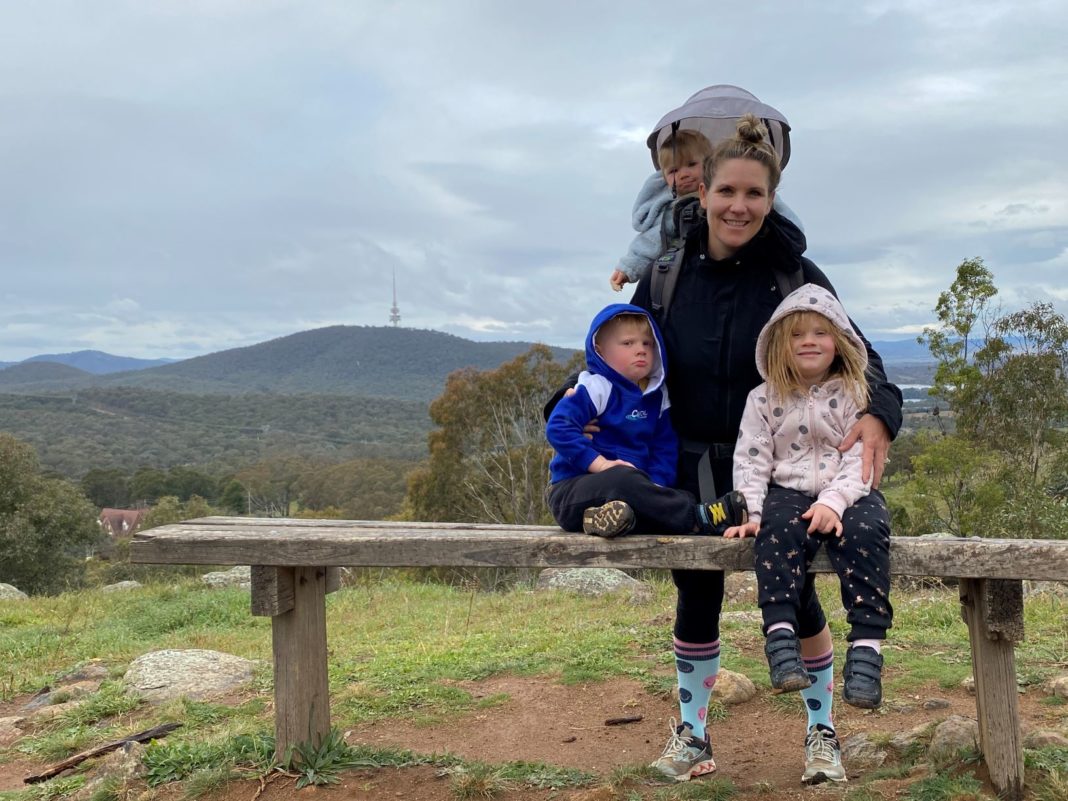Do you have a sleep routine, or does your exercise program help you sleep? There are many ways to improve your ‘sleep hygiene’ and Capital Hydrotherapy’s Kirra Rankin touches on a few different strategies.
COVID-19 restrictions are beginning to lift, and as we head back to work, playgrounds, shops and bars, we need healthy immune systems, which means we all need good nights of sleep!
Firstly, let’s assess if you actually have a sleep disturbance issue. There are a number of screening tools you can try, including the Pittsburgh Sleep Quality Index and the Epworth Sleepiness Scale.
A regular exercise program can also contribute to a more restful sleep. Choosing to be physically active increases time spent in deep sleep, which is the most restorative sleep phase. Deep sleep helps to improve immune function and assists in controlling stress and anxiety – very important when you’re in the middle of recovering from a pandemic.
Here are some suggestions for an training program that can help contribute to better sleep:
High Intensity Interval Training (HIIT), three times a week for 30 minutes: I make sure I don’t program this type of training in the two hours before bed, although research does indicate that exercise at any time of the day or night is better for sleep than no exercise at all. It will depend on how your body responds to the timing of the workout.
Cardiovascular exercise, for at least 30 minutes a day: Regular exercise boosts the effect of the natural sleep hormone melatonin. A daily hike is always on my sleep hygiene plan, and it helps my kids too!
Yin-style sleep stretches: Yin stretches can be held anywhere between one and 20 minutes as the fascia (the cling wrap-like connective tissue surrounding all muscles), can take longer to respond to the gentle stress.
I caught up with Kayla from ‘Yoga with Kayla’ this week, and she summed up Yin stretching perfectly: “Yin yoga is a series of slow, long held stretches or postures with the added connection of mindfulness and breath awareness”, she said.
“Yin yoga utilises props to make poses more accessible and allows the person to find their ‘edge of stretch’ within their natural range of motion without placing strain on the joints. Yin Yoga doesn’t ask too much of us physically but instead the challenge comes from maintaining stillness, cultivating patience and being okay with not doing too much at all.”
Kayla said Yin yoga, along with mindfulness and breath awareness, can help us tune into our parasympathetic nervous system (our ‘rest and digest’ system), where the “heart rate and blood pressure are lowered, there is an increase in digestive system activity and the body tries to conserve energy”. Sounds like the perfect way to end an evening before a deep sleep!
I have a little window of opportunity to do my Yin stretches with three little kids and a business. Some experts believe “stretching doesn’t help”- even research has proved that that stretching doesn’t improve performance. Well, those experts don’t live inside my body. I know what my body needs. Again, it goes back to your “why”? I’m not doing this particular stretching routine for functional gains – I’m doing it for sleep hygiene purposes.
You can print the Canberra Daily stretching routine here, for the Yin stretches I do before sleep:
- Thoracic mobilisation, side-lying position
- Gluteal muscle stretch
- Reclined Butterfly Pose
- Puppy dog pose
- Hamstring stretch
I hold the stretches for five minutes each, working up to these long holds. I’d suggest starting with one minute of stretch hold, and add 30 seconds every four or five days.
Some other sleep methods you could try are:
- Early morning sun exposure (sets circadian rhythms)
- Look into your sleep environment: ensure it’s not too hot or cold, quality mattress, low light and noise.
- Have regular sleep and wake times
- If you haven’t gone to sleep within 20-30 minutes, get up and try again in a half hour.
- Avoid alcohol, cigarettes, caffeine and daytime napping



